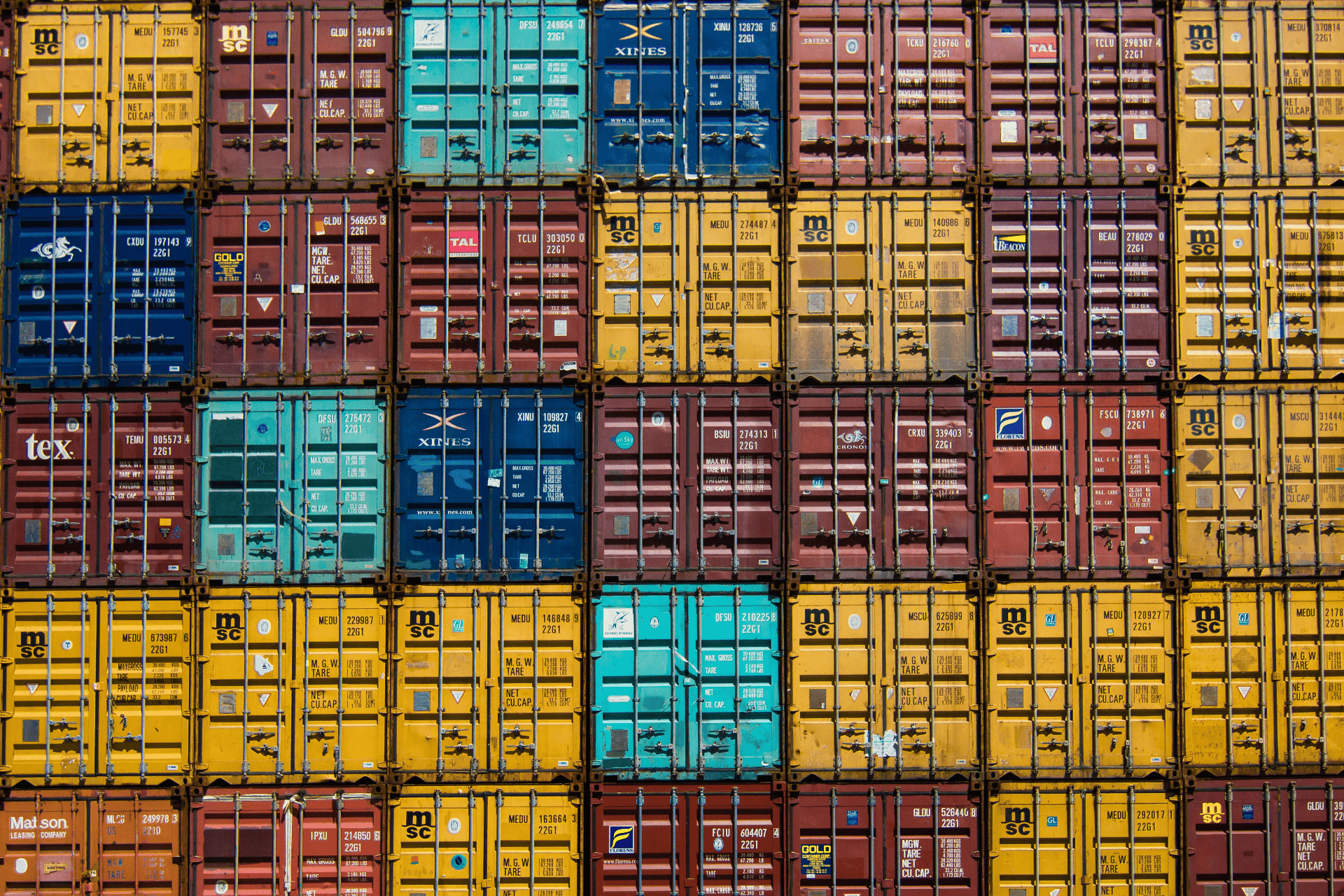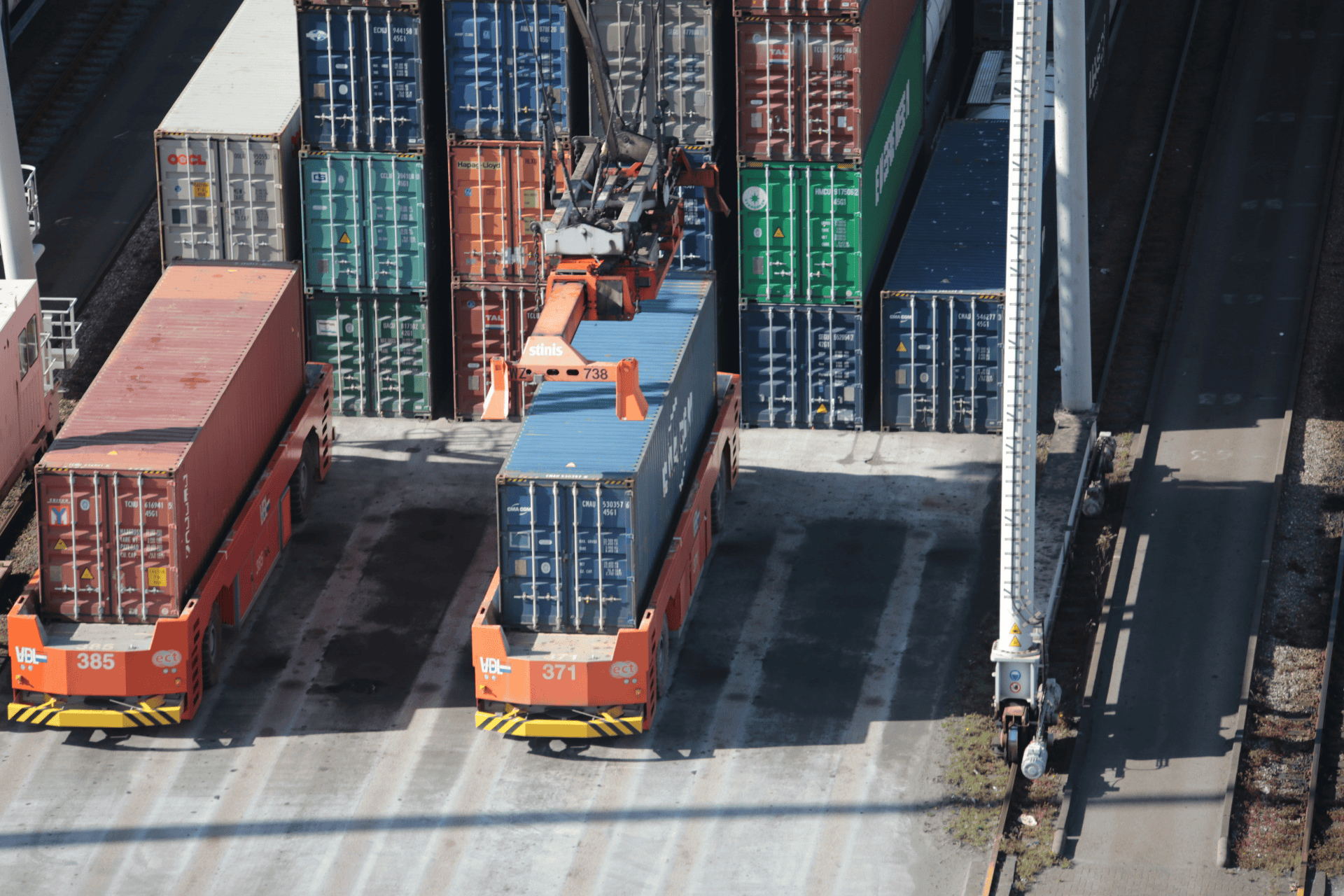Navigating international returns and exchanges requires a combination of proactive planning, clear communication, and efficient logistics management. By adhering to best practices and leveraging technology where possible, businesses can effectively address the challenges associated with cross-border commerce and provide a seamless experience for international customers.
In today's interconnected global marketplace, international e-commerce has become a cornerstone of many businesses' strategies for growth and expansion. However, along with the opportunities come challenges, particularly when it comes to handling returns and exchanges across borders. With different regulations, shipping costs, and logistical complexities, efficiently managing international returns and exchanges requires a strategic approach and adherence to best practices.
Understanding International Regulations and Policies
Before delving into the specifics of handling international returns and exchanges, it's crucial to understand the various regulations and policies governing cross-border commerce. Familiarize yourself with customs regulations, duty and tax requirements, as well as any consumer protection laws specific to the countries you're operating in. Being aware of these regulations will help you navigate potential hurdles and ensure compliance with local laws.
Transparent Return and Exchange Policies
Clear and transparent return and exchange policies are essential for fostering trust and confidence among international customers. Make sure your policies are easily accessible on your website and clearly outline the process for returning or exchanging items from abroad. Include information regarding shipping costs, return timelines, and any additional fees that may apply to international returns.
Streamlined Communication Channels
Effective communication is key to resolving international return and exchange inquiries promptly. Provide multiple communication channels such as email, live chat, and phone support to cater to the diverse needs of your international customer base. Consider offering multilingual support to eliminate language barriers and enhance the overall customer experience.
Centralized Return Management System
Invest in a centralized return management system that can handle international returns and exchanges seamlessly. This system should allow for easy tracking of return shipments, processing refunds or exchanges efficiently, and generating relevant documentation for customs clearance. Integration with your existing e-commerce platform can streamline operations and minimize manual intervention.
Flexible Shipping Options
Offering flexible shipping options for international returns and exchanges can significantly improve customer satisfaction. Provide prepaid return labels or collaborate with international carriers to offer discounted return shipping rates. Additionally, consider offering alternative solutions such as local drop-off points or reverse logistics services to accommodate customers who prefer not to ship items back internationally.
Continuous Improvement and Feedback
Regularly evaluate your international return and exchange processes to identify areas for improvement. Solicit feedback from customers regarding their experience with returns and exchanges, and use this insight to refine your policies and procedures. By continuously iterating and optimizing your approach, you can enhance customer satisfaction and loyalty in the long run.
#InternationalCommerce #EcommerceStrategy #CrossBorderReturns #GlobalLogistics #CustomerExperience #RetailBestPractices #GlobalCommerce #SupplyChainManagement #InternationalBusiness #RetailTech
Related Information



















































